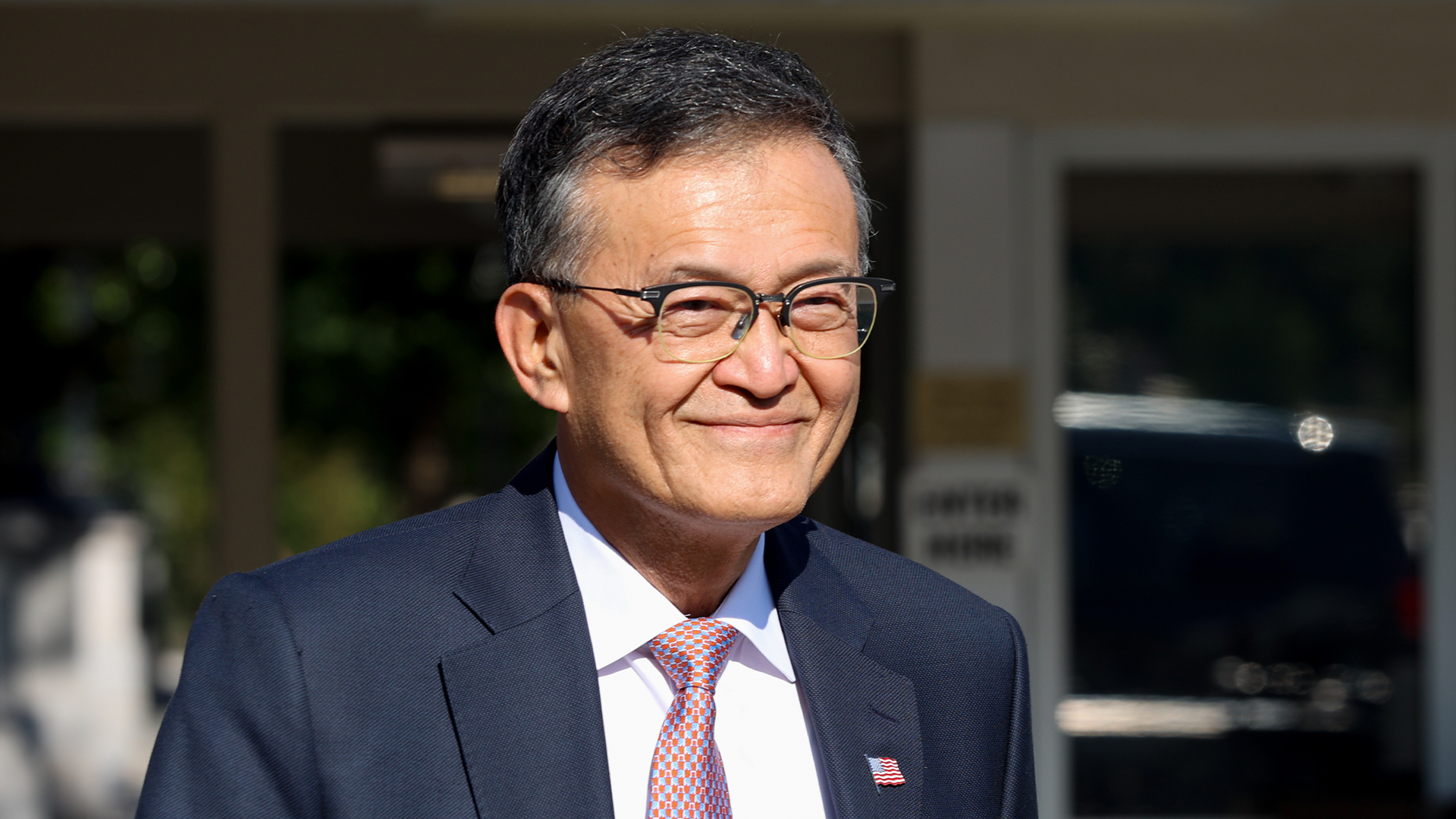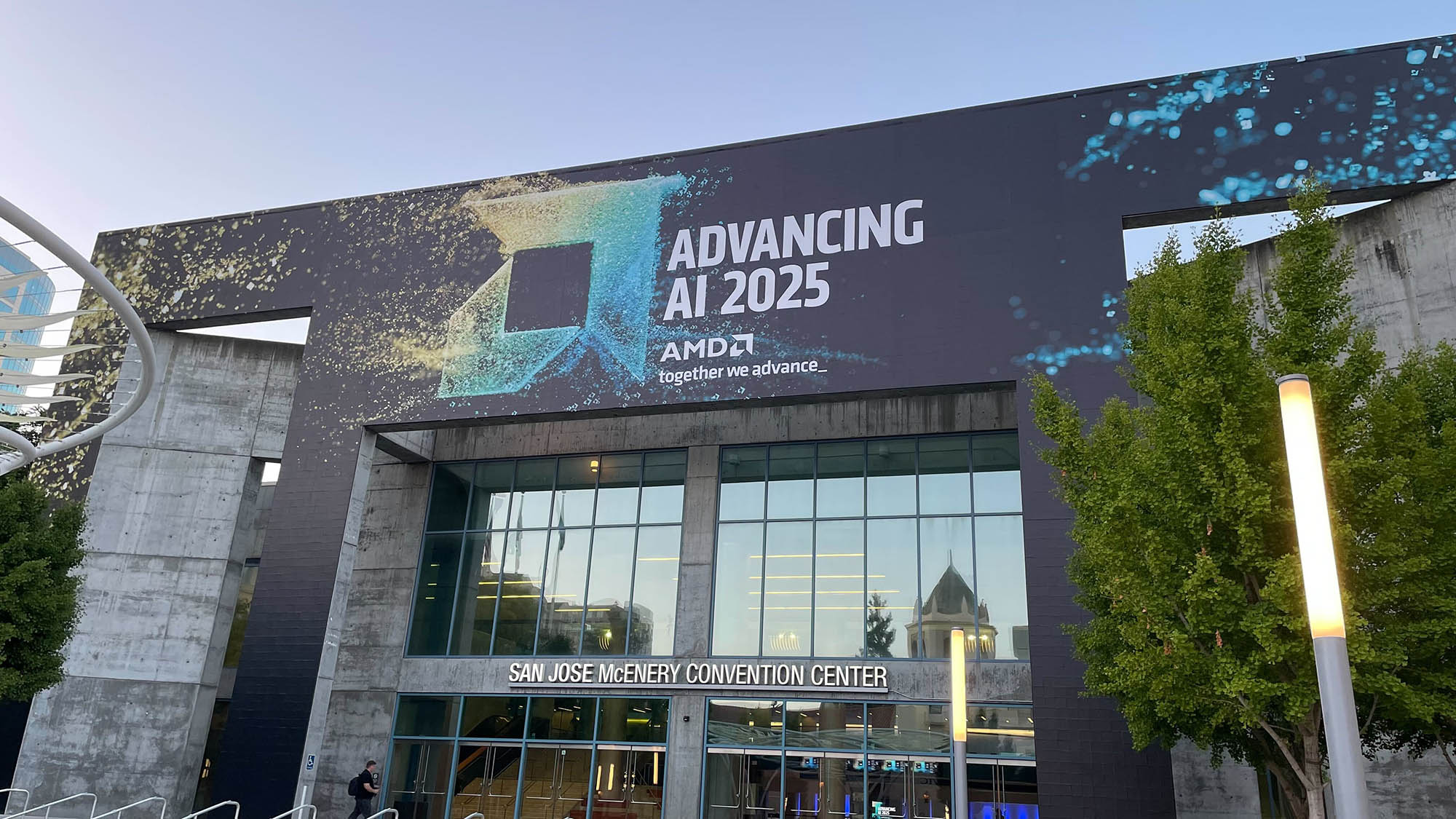Intel and AMD to kill off affordable supercomputer graphics?
Nvidia’s subsidy for high-end graphics boards is at risk.

Intel and AMD's moves to integrate graphics processors and CPU chips could be a bridge too far for supercomputer users and other researchers who need specialist graphics cards.
The warning bell is being rung by Greg Pfister, a former IBM distinguished engineer and now affiliated with Colorado State University as research faculty. He has blogged that, whilst the world is celebrating advances like Intel's Sandy Bridge and AMD's Zacate, others may not be so pleased.
In his blog, Pfister quotef Sharon Glotzer of the University of Michigan, who said: "Today you can get 2GFlops for $500 (316). That is ridiculous."
Pfister replied: "It is indeed. And it's only possible because CUDA [nVidia's supercomputer card] is subsidised by sinking the fixed costs of its development into the high volumes of Nvidia's mass market low-end GPUs."
In the US, Nvidia also has income from its participation in defence projects. The Defence Advanced Research Projects Agency (DARPA) has paid Nvidia $25 million to work with DARPA's Exascale project.
Exascale is a research project aimed at developing a supercomputer 100 to 1,000 times faster than anything around today. In addition, it has to consume as little power as possible a lean, green, computing machine
However, the income from participation in this project would be insufficient to make up for the loss of the subsidy that Nvidia's substantial low-end, mass-market sales afford.
Sign up today and you will receive a free copy of our Future Focus 2025 report - the leading guidance on AI, cybersecurity and other IT challenges as per 700+ senior executives
"For users, it's the loss of that subsidy that will hurt the most," Pfister continued. "No more supercomputing for the masses, I'm afraid So enjoy your supercomputing for the masses' while it lasts."
-
 Trump's AI executive order could leave US in a 'regulatory vacuum'
Trump's AI executive order could leave US in a 'regulatory vacuum'News Citing a "patchwork of 50 different regulatory regimes" and "ideological bias", President Trump wants rules to be set at a federal level
-
 TPUs: Google's home advantage
TPUs: Google's home advantageITPro Podcast How does TPU v7 stack up against Nvidia's latest chips – and can Google scale AI using only its own supply?
-
 Nvidia’s Intel investment just gave it the perfect inroad to lucrative new markets
Nvidia’s Intel investment just gave it the perfect inroad to lucrative new marketsNews Nvidia looks set to branch out into lucrative new markets following its $5 billion investment in Intel.
-
 Framework Desktop review: Modular design and ferocious AMD performance
Framework Desktop review: Modular design and ferocious AMD performanceReviews AMD's Ryzen Max CPUs debut in Framework's impressive modular self-build small-form desktop PC
-
 The US government's Intel deal explained
The US government's Intel deal explainedNews The US government has taken a 10% stake in Intel – but what exactly does the deal mean for the ailing chipmaker?
-
 US government could take stake in Intel as chip giant's woes continue
US government could take stake in Intel as chip giant's woes continueNews The move would see increased support for Intel’s manufacturing operations
-
 Dell says Windows 11 migration is a prime opportunity to overhaul ageing PC fleets – and AI devices are in the spotlight
Dell says Windows 11 migration is a prime opportunity to overhaul ageing PC fleets – and AI devices are in the spotlightNews The shift to Windows 11 means IT leaders can ditch old tech and get their hands on AI PCs
-
 AMD chief exec Lisa Su says its new Helios AI rack is a 'game changer' for enterprises ramping up inference – here's why
AMD chief exec Lisa Su says its new Helios AI rack is a 'game changer' for enterprises ramping up inference – here's whyNews The integrated hardware offering will feature upcoming AMD chips and networking cards
-
 AMD Advancing AI 2025: All the latest news and updates from San Jose
AMD Advancing AI 2025: All the latest news and updates from San JoseFollow all the news and updates live from AMD's latest Advancing AI conference
-
 What enterprises need to be Windows 11 ready
What enterprises need to be Windows 11 readySupported Hardware purchasing will play a key role in delivering success during the Windows 11 migration rush